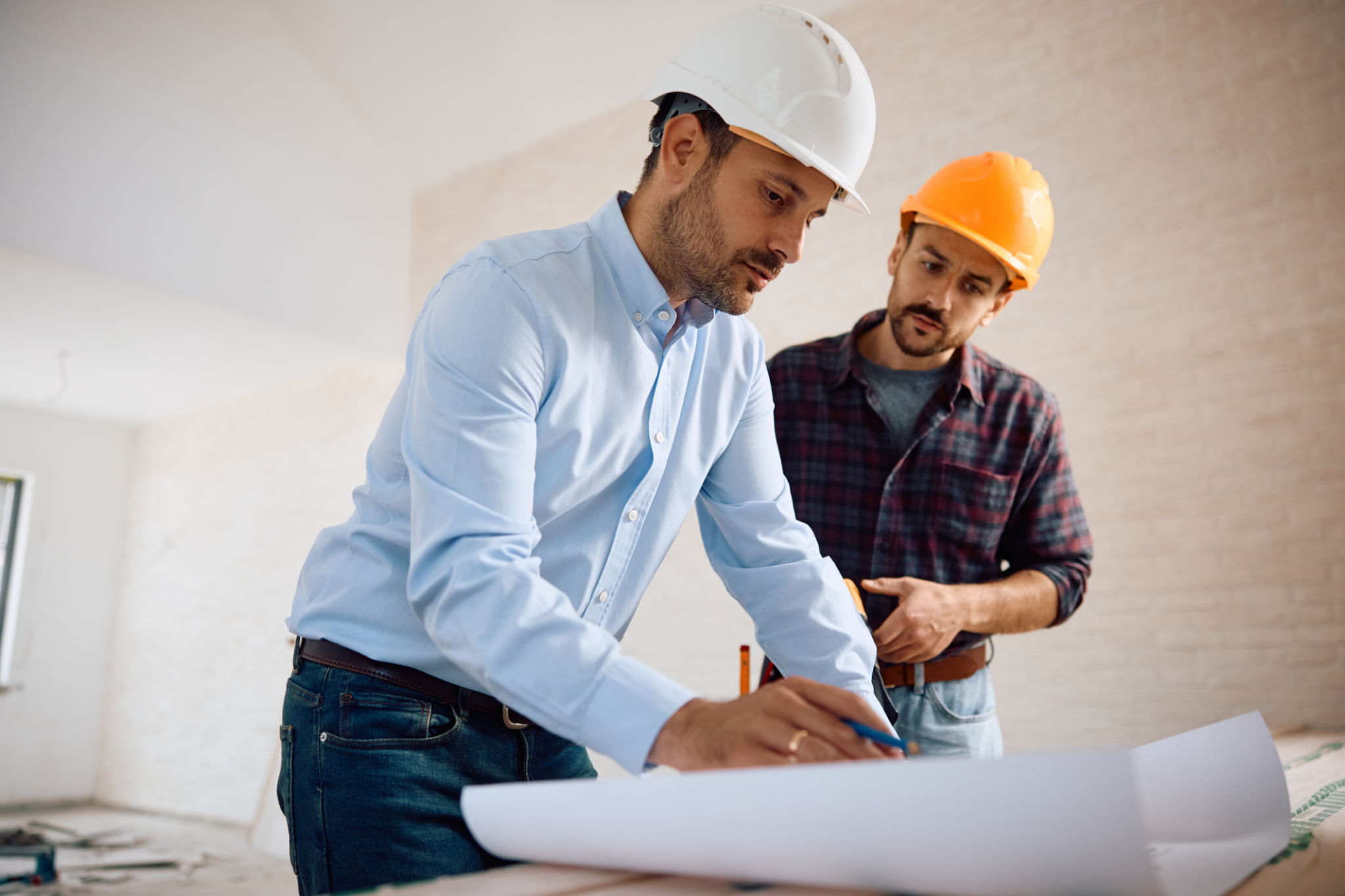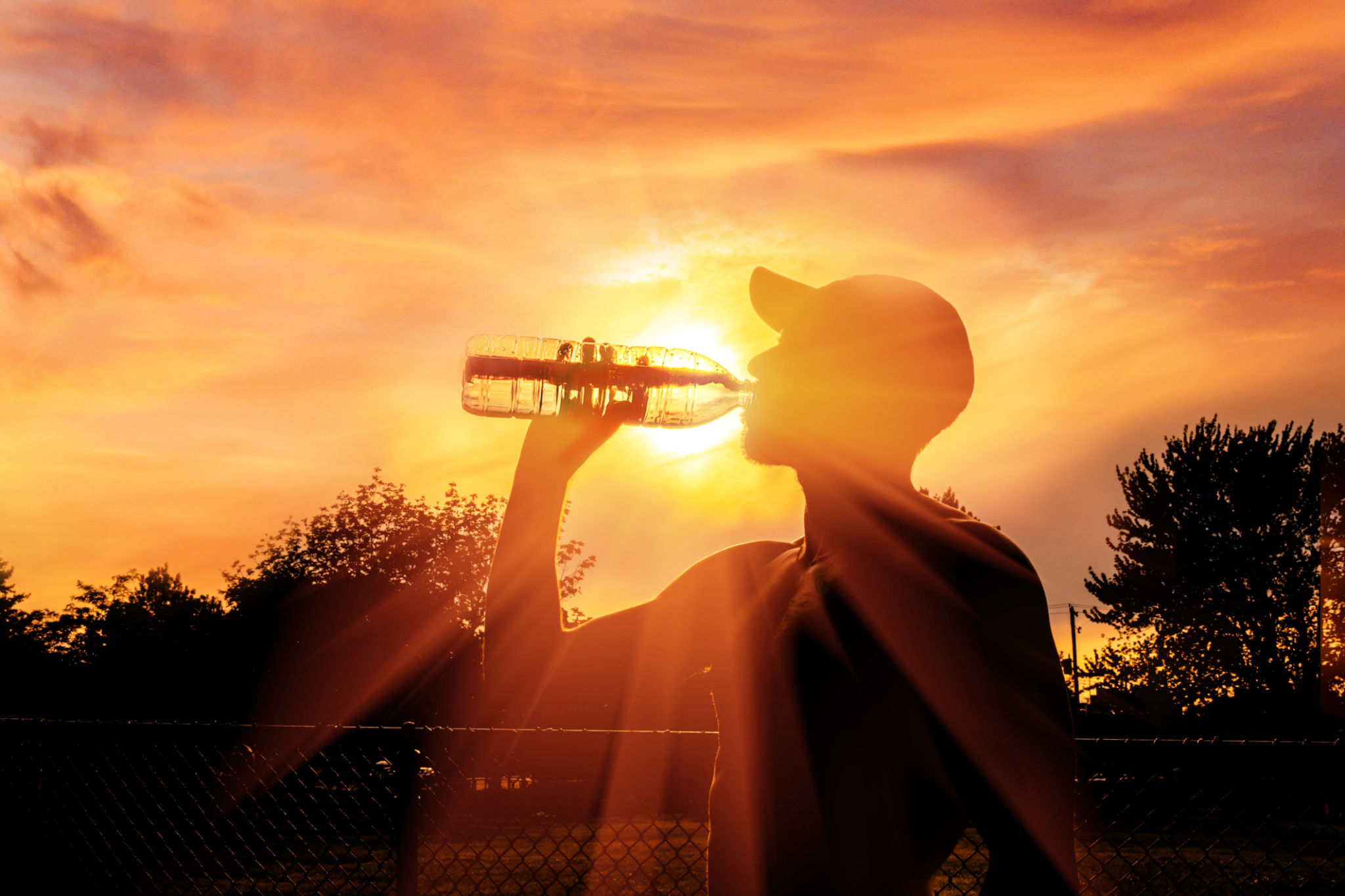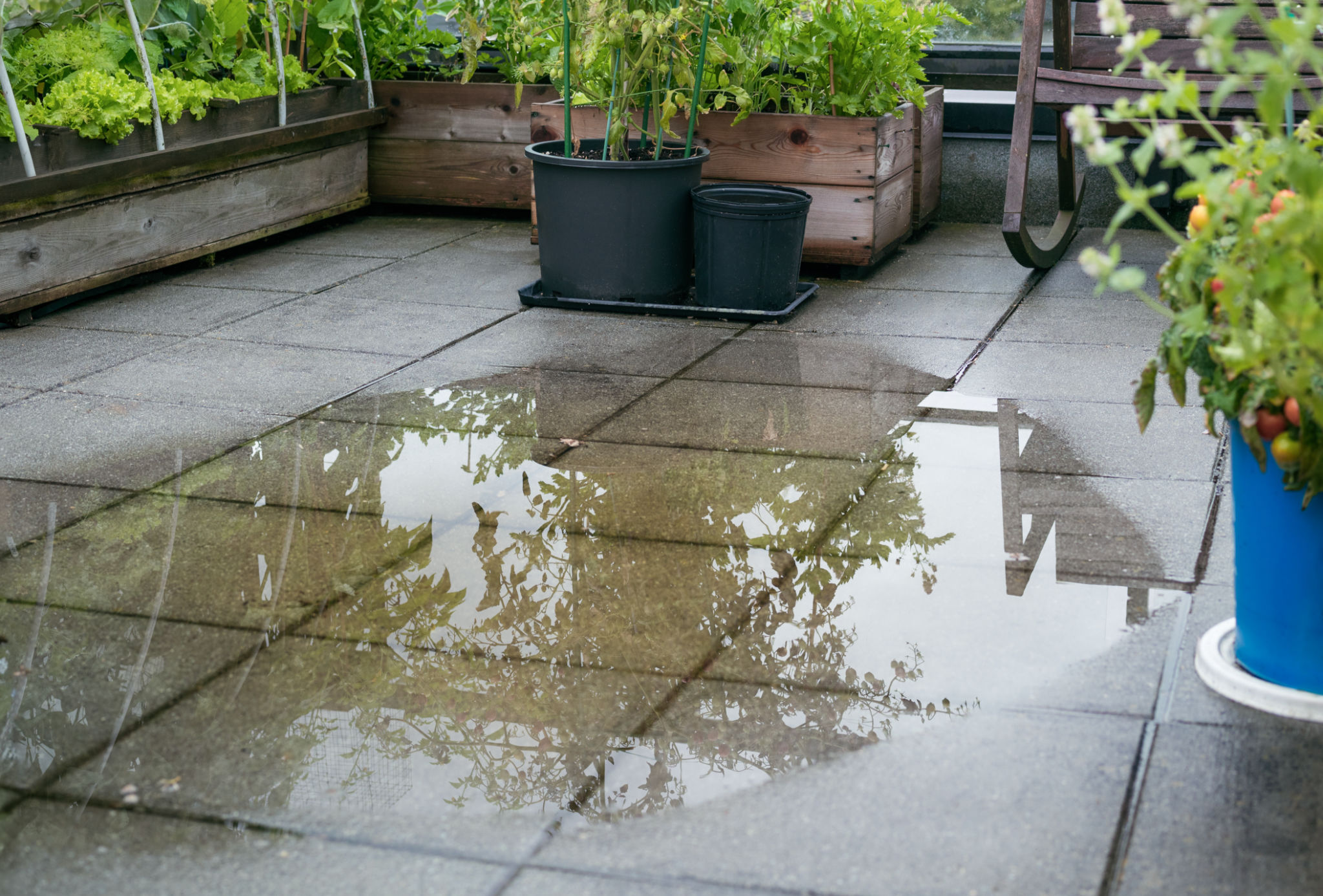Common Mistakes in Concrete Patio Installations and How to Avoid Them
Understanding the Importance of Proper Planning
Concrete patio installations require careful planning to ensure a successful outcome. One common mistake is underestimating the importance of planning. Without a clear blueprint, it's easy to make errors that can be costly and time-consuming to correct. A detailed plan should include the layout, size, and design of the patio, as well as considerations for drainage and local building codes.

Choosing the Right Materials
Selecting the right materials is crucial for the durability and appearance of your concrete patio. Many homeowners make the mistake of opting for cheaper materials that may not withstand weather elements. It's vital to choose high-quality concrete mix and reinforcement materials that are suitable for your climate and intended use. Additionally, considering the finish, such as stamped or stained concrete, can add aesthetic value to your patio.
Avoiding Poor Site Preparation
Site preparation is another area where mistakes are frequently made. Failing to properly prepare the site can lead to uneven surfaces and drainage issues. The ground must be excavated to the appropriate depth and compacted to create a stable base for the concrete. Any vegetation or debris should be removed to prevent future settling or cracking of the patio surface.

Ensuring Correct Concrete Mixing
Mixing concrete correctly is essential for a strong and durable patio. An incorrect water-to-cement ratio can weaken the concrete, making it prone to cracking and weather damage. It's important to follow manufacturer guidelines or consult with a professional to get the right mix. Using a concrete mixer can help achieve a consistent blend, ensuring the strength and longevity of the patio.
Paying Attention to Weather Conditions
Weather conditions play a significant role in concrete installation. One common mistake is pouring concrete during extreme weather conditions, such as very hot or cold temperatures, which can affect curing. Ideally, concrete should be poured in mild conditions. If this isn't possible, take precautions like using additives or coverings to manage temperature fluctuations.

Properly Curing Concrete
Proper curing is crucial for achieving maximum strength in your concrete patio. Failing to cure concrete properly can result in surface cracks and reduced durability. Curing involves maintaining adequate moisture levels for a certain period after pouring. Covering the surface with plastic sheeting or applying a curing compound can help maintain the necessary moisture levels for optimal curing.
Implementing Effective Drainage Solutions
A well-designed drainage system is essential to prevent water accumulation on your patio. Inadequate drainage is a common oversight that can lead to water pooling and freeze-thaw damage. Ensure your patio has a slight slope away from structures to direct water flow effectively. Incorporating features like drainage channels or permeable pavers can also enhance water management.

Seeking Professional Assistance
While DIY projects can be rewarding, installing a concrete patio involves several technical aspects that may require professional expertise. Hiring a professional can help avoid common mistakes and ensure that your patio is installed to high standards. Professionals bring experience, specialized tools, and knowledge of best practices, which can save time, effort, and potential costs in the long run.
Avoiding these common mistakes in concrete patio installations can lead to a more durable, attractive, and long-lasting outdoor space. Proper planning, material selection, site preparation, and attention to detail are all critical components of a successful project.
